When and how to properly tie up winter garlic to ripen the head
For the formation of large heads of garlic, it is necessary to create certain conditions for the plant. Knowing when to tie up garlic and how to do it, summer residents will be able to positively affect the volume and quality of the crop. When tying crops do not use additional materials - the leaves are simply tied to a knot. In the future, it is important to properly remove and prepare the garlic - this will extend its shelf life.
What does a garlic garter give?
Such a technique as tying garlic leaves has been used by more than one generation of vegetable growers. Many do not depart from this tradition today. There is no scientific evidence to support the positive impact of this manipulation on crop quality. However, experienced gardeners claim to have tested the effectiveness of the crop garter in practice.
Most likely, the garlic feather was originally tied in a knot in order to reduce the risk of fungal diseases that could ruin the crop. It has been observed that this approach produces larger heads that are better stored.
The release of nutrients from the feather to the bulb in garlic is not as fast as in onions. If you tie the tops in a knot, the redistribution of useful elements will accelerate. The leaves will begin to dry out faster, and the head will become large and dense, suitable for long-term storage. It is especially important to use this technique in the cold summer, when the ripening of garlic slows down.
When should you tie the leaves?
The harvest of winter and spring garlic ripens at different times. This is primarily determined by the landing date.
Winter garlic is planted in autumn and harvested in mid-summer. These varieties are grown for summer use and are not stored for long. Even in ideal conditions, the harvest will last until January - February.
Garlic needs to be tied up to ripen the head 5-7 days before harvesting. Signs that the bulbs will ripen soon include yellowing of the feathers at the tips and cracking of the shell of the inflorescences.
In order to more accurately determine the timing of harvesting, 3 weeks before the expected date, the plants are selectively undermined and the heads are examined. When ripe, they should be dense, the covering scales of ready-to-harvest garlic peel off easily.
Sometimes you have to postpone cleaning to an earlier date due to the onset of rainy weather. In this case, the external signs of maturity are no longer expected.
The arrival of heat can accelerate the ripening of garlic, this must also be taken into account and the plantings should be regularly inspected. It is not recommended to overexpose garlic in the ground, this will reduce its keeping quality and worsen its taste.
How to carry out the procedure?
To easily tie the garlic leaves into a knot, it is necessary that there are no flower arrows on the plants. As a rule, they are removed long before the moment of harvesting, since the flower-bearing shoots draw on a lot of nutrients, which is at the expense of the quality of the heads. Cut flower stalks are used by many in cooking as a seasoning that adds spice to dishes.
If, for some reason, the moment was missed, the arrows must be removed before the feather garter, since their rigid structure will not allow the knot to be tied normally.
On several plants, arrows are deliberately left in order to more accurately determine the time of harvesting the crop by the state of the inflorescences. In such specimens, leaves do not need to be tied. Additionally, you can get planting material from them in the form of bulbs.
To tie the garlic correctly, you need to consider the following points:
- Work must be carried out with protective gloves. Closer to the time of harvest, the garlic feathers become tough and can easily injure your hands when tied. In addition, plant tissues contain caustic juice - if it comes into contact with sensitive skin, it can cause irritation and even burns.
- If a flower arrow remains on any of the plants, it is not pulled out, but cut off. For work, it is recommended to use a sharp knife, pruning shears, garden shears.
- Before tying on a knot, the garlic tops are twisted into a tourniquet. Do not crush and squeeze the leaves too much, you need to do everything slowly, carefully. The knot should not be too tight.
- If the feathers are short and difficult to tie into a knot, the tops are divided into two parts, each of which is twisted with a tourniquet. After that, the flagella are tied together. Too long feathers of two neighboring plants can also be connected to each other. Very short feathers can be simply braided into a pigtail.
With leaves tied in a knot, the garlic is left until harvesting. Following the garter, you can freely loosen the soil and shake off the soil from the bulbs. After the procedure, caring for the plants is greatly facilitated. Pre-harvest preparation has the most positive effect on the quality of the harvested garlic.
Cleaning, preparation for storage
For harvesting garlic, choose a day when dry and warm weather stood out. So that the heads removed from the ground do not get burned, it is better to harvest in the morning or evening hours.
The process of cleaning and preparing for storage looks like this:
- Plants are gently undercut or pried from below with a pitchfork, and then pulled out by the tops to the surface. Care must be taken not to break off the pen.
- After that, the garlic is laid out under a canopy to dry. You should not trim the tops at this stage, since the ripening process of the bulbs will continue for some time. Only when the leaves are completely dry are they cut off. At the same time, the roots are trimmed.
- Particles of adhering earth are gently cleaned off with your hands. Do not bang heads against each other so that the soil crumbles.
- Garlic bulbs will only last for a long time if they are well dried and not damaged. Garlic can take up to 3 weeks to dry completely.
- In dry weather, the bulbs can be kept under a canopy all this time. If it rains and the air is humid, the harvested crop is dried in the barn.
Store garlic in a cellar or basement at a temperature of + 2–4 ° C and an air humidity of 60–80%. In a drier room, the teeth will lose precision. Excessive moisture can cause the heads to rot. The basement must be well ventilated, otherwise the crop will be spoiled by fungal diseases.
If the storage space is not well suited to the required conditions, immersion in molten paraffin will help preserve the heads. The crust formed after hardening will reliably protect the bulbs from the effects of the external environment.
It is advisable to tie garlic in small private households, since the procedure requires a certain amount of time. How justified they are - everyone decides for himself. You can always try this method and evaluate the result obtained by the quality of the crop.
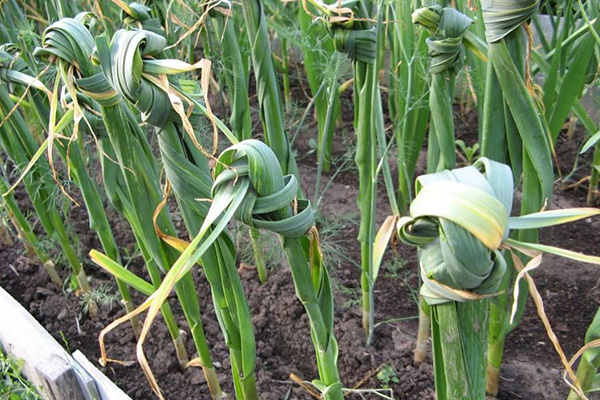
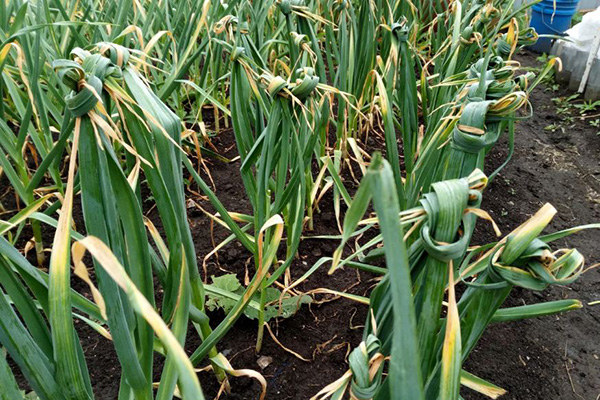
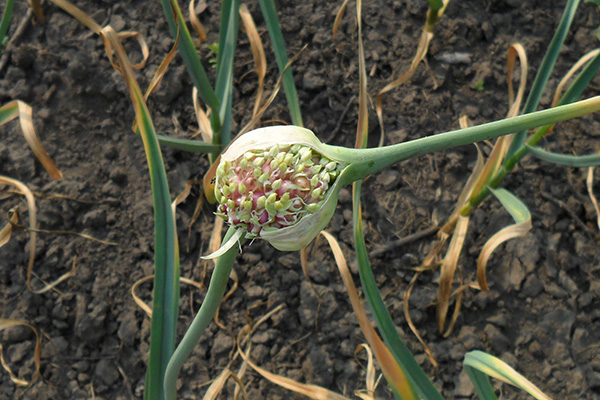
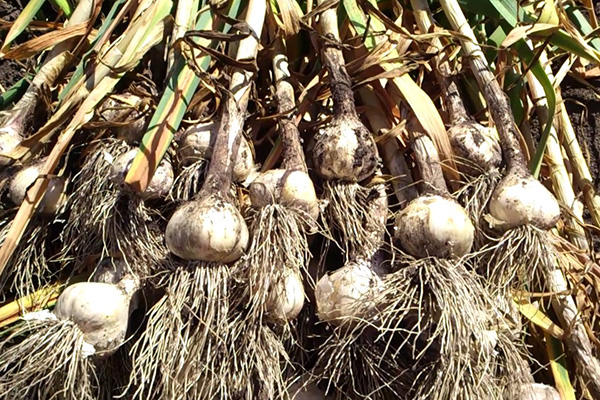
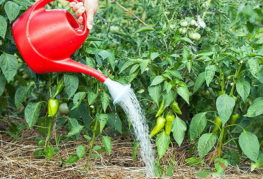
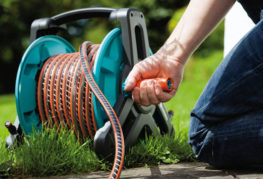
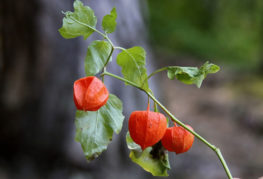

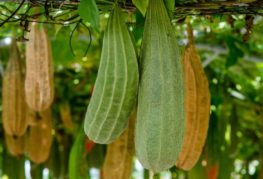
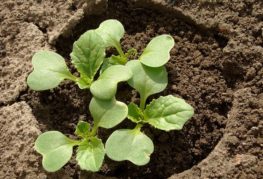
and will be published shortly.